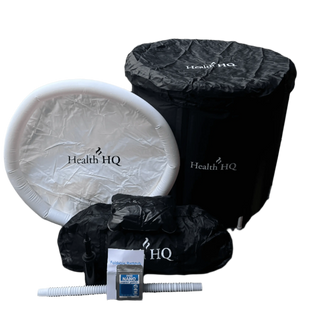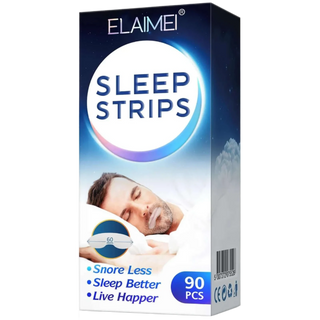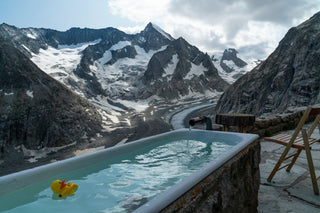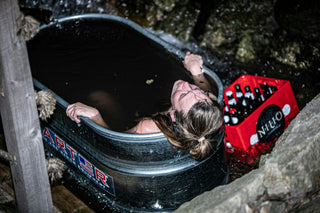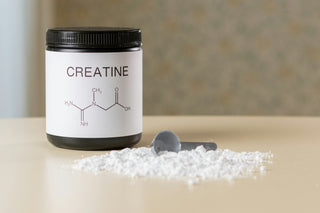The Science and Benefits of Cold Exposure Therapy: A Comprehensive Guide
Cold exposure therapy, an age-old practice, has re-emerged as a popular health and wellness trend with a growing body of scientific evidence supporting its myriad benefits. From athletes seeking faster recovery to individuals aiming to boost their metabolic health, cold exposure therapy offers something for everyone. Beyond its well-known role in muscle recovery, it has been linked to improved immunity, reduced inflammation, enhanced mental clarity, and even mood regulation. This article dives deep into the science, benefits, methods, and precautions surrounding this invigorating practice.
The Science of Cold Exposure
The human body’s response to cold exposure is rooted in a concept known as hormesis. Hormesis refers to the process where mild stressors—such as cold temperatures—trigger adaptive responses that strengthen the body’s resilience. This biological phenomenon is fundamental to understanding how cold exposure benefits physical and mental health.
Hormetic Stress and Cellular Resilience
When exposed to cold, the body activates a cascade of biological processes aimed at maintaining homeostasis. These include:
- Activation of Brown Adipose Tissue (BAT): Unlike white fat, which stores energy, brown fat generates heat through thermogenesis. This process burns calories and helps regulate body temperature.
- Release of Norepinephrine: Cold exposure stimulates the production of norepinephrine, a hormone and neurotransmitter that plays a key role in improving focus, reducing pain sensitivity, and enhancing mood. Elevated norepinephrine levels also contribute to vasoconstriction, which can reduce inflammation and swelling.
- Mitochondrial Biogenesis: Repeated cold exposure can stimulate the production of new mitochondria within cells, improving energy efficiency and cellular health.
The Role of Cold Shock Proteins
Cold shock proteins are another fascinating aspect of cold exposure. These proteins are produced in response to sudden drops in temperature and play a protective role by preserving cellular integrity and promoting repair processes. Research suggests that cold shock proteins may also support brain health by reducing neuroinflammation and protecting neurons from degeneration.
Cold Exposure Therapy Benefits
The physiological and psychological benefits of cold exposure therapy are extensive. Here’s a closer look at how it can positively impact various aspects of health:
1. Metabolic Health and Weight Management
Cold exposure can significantly influence metabolic processes. By activating brown fat and increasing thermogenesis, the body burns more calories, even at rest. This can aid in weight management and help combat obesity. Additionally, improved insulin sensitivity and glucose metabolism have been observed in individuals who practice regular cold exposure, reducing the risk of type 2 diabetes and other metabolic disorders.
2. Enhanced Immune Function
Cold exposure triggers an increase in white blood cell production and the release of anti-inflammatory cytokines. These changes strengthen the immune system, making the body more effective at fighting infections and illnesses. Anecdotal evidence and studies suggest that regular cold exposure may reduce the frequency and severity of colds and flu.
3. Reduced Inflammation and Pain Relief
Inflammation is a root cause of many chronic diseases, including arthritis, cardiovascular disease, and autoimmune disorders. Cold exposure suppresses pro-inflammatory cytokines while promoting anti-inflammatory responses, leading to reduced inflammation throughout the body. This makes cold therapy a valuable tool for managing chronic pain and conditions like rheumatoid arthritis.
4. Cognitive Benefits and Mental Clarity
The surge in norepinephrine levels during cold exposure has profound effects on brain function. Improved focus, attention, and mental clarity are common outcomes. Moreover, cold exposure has been linked to reduced symptoms of depression and anxiety, possibly due to the release of endorphins and the activation of brain pathways associated with mood regulation.
5. Athletic Recovery and Performance
Cold exposure therapy is a staple in sports medicine for its ability to reduce muscle soreness and accelerate recovery. Ice baths and cryotherapy sessions are particularly effective after intense exercise, as they help minimize inflammation, flush out metabolic waste, and promote tissue repair.
6. Longevity and Cellular Health
Emerging research suggests that cold exposure may have anti-aging effects. By reducing oxidative stress, enhancing mitochondrial function, and promoting autophagy (the body’s natural process of cleaning out damaged cells), cold therapy may contribute to increased longevity and overall cellular health.
Methods of Cold Exposure
There are several ways to incorporate cold exposure into your routine, each with its unique benefits and considerations:
1. Cold-Water Immersion (CWI)
Cold-water immersion involves submerging the body in cold water, typically between 50°F and 59°F (10°C to 15°C). This method is widely used by athletes and individuals seeking full-body benefits. Start with shorter durations (1-2 minutes) and gradually increase as your tolerance builds.
2. Whole-Body Cryotherapy (WBC)
Whole-body cryotherapy involves standing in a chamber filled with extremely cold air (below -100°C) for 2-4 minutes. This method rapidly cools the skin’s surface and triggers systemic effects without the discomfort of water immersion. It’s ideal for those seeking efficient recovery and metabolic benefits.
3. Localized Cryotherapy
Localized cryotherapy targets specific areas of the body using cold packs, cryo devices, or ice baths. This method is effective for treating localized pain, swelling, or injuries.
4. Cold Showers
Cold showers are a convenient and accessible way to practice cold exposure. Begin by ending your regular shower with 30-60 seconds of cold water, gradually increasing the duration and reducing the temperature over time.
5. Natural Cold Exposure
For the adventurous, natural cold exposure in lakes, rivers, or even snow can provide a deeply invigorating experience. Always prioritize safety and ensure proper supervision when attempting outdoor cold immersion.
Practical Tips for Safe Cold Exposure
While the benefits of cold exposure are compelling, safety is paramount. Here are some tips to ensure a safe and effective experience:
- Start Slow: Gradually introduce your body to cold exposure to build tolerance and reduce the risk of adverse reactions.
- Monitor Your Body: Pay attention to signals such as excessive shivering, numbness, or discomfort, and stop the session if needed.
- Warm Up Gradually: After cold exposure, warm up slowly with light movement or a warm drink to restore body temperature.
- Seek Professional Guidance: For methods like whole-body cryotherapy, consult with trained professionals to ensure proper protocols are followed.
- Consult Your Doctor: If you have underlying health conditions, such as cardiovascular disease or Raynaud’s syndrome, consult a healthcare provider before starting cold therapy.
Integrating Cold Exposure into Your Lifestyle
Cold exposure therapy is more than a health trend; it’s a lifestyle choice that can enhance physical and mental well-being. To integrate it effectively:
- Set Realistic Goals: Begin with manageable methods, such as cold showers or brief ice baths, and gradually increase intensity.
- Track Your Progress: Keep a journal to document your sessions, noting changes in mood, energy levels, and recovery time.
- Combine with Other Practices: Pair cold exposure with mindfulness, breathwork, or yoga for a holistic wellness routine.
- Stay Consistent: Regular practice is key to reaping the long-term benefits of cold exposure therapy.
Conclusion
Cold exposure therapy offers a powerful way to enhance resilience, improve health, and boost overall well-being. From its metabolic and immune benefits to its potential for improving mental clarity and reducing inflammation, the practice is supported by science and rooted in human physiology. While it may take time to adapt to the chill, the rewards are well worth the effort. As always, consult with a healthcare professional before starting any new health regimen and enjoy the journey to a stronger, more resilient you.
Visit HealthHQ to embark on your cold exposure journey today!


